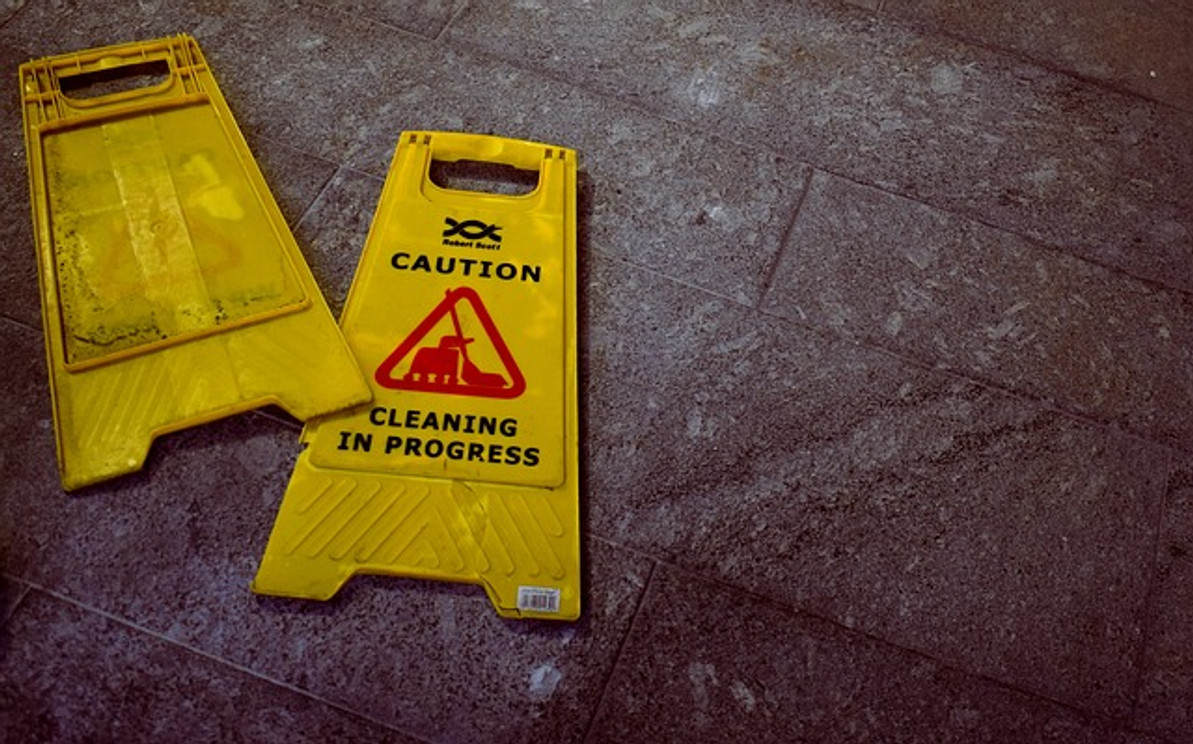5 Common Tripping Hazards in the Workplaces
Falls rank as one of the most common types of work-related injury. According to the U.S. Bureau of Labor Statistics (BLS), approximately 700 workers die by falling each year in the United States. As a result, you should strive to eliminate tripping hazards in your workplace. Allowing any of the following tripping hazards to go unchecked may lead to serious or even fatal injury among your business's workers.
#1) Extension Cords
Extensions cords can be a tripping hazard. Many businesses use extension cords to extend the reach of electrically powered tools and equipment. While extension cords aren't inherently dangerous, they can pose a risk if they are placed in the wrong area. Extension cords shouldn't be placed on walking paths used by workers. If an extension cord is placed in a hallway, for example, a worker may trip over it.
#2) Damaged Flooring
Another common tripping hazard in workplaces is damaged flooring. Different workplaces have different types of flooring. Some of them have carpet flooring, whereas others have concrete or tile flooring. Regardless, if the flooring is damaged, a worker may trip and fall. A piece or ripped carpet or missing tile, for example, is a tripping hazard. Workers may not see the damaged flooring, only to trip and fall when walking over it.
#3) Loose Tools
Loose tools, when placed on the walking paths, are a tripping hazard. Most workers don't look at the ground when walking. Rather, they look in front of them, believing that the floor is free of obstruction. If there are tools on the ground, a worker may trip and fall over them. Whether big or small, all tools should be kept out of walking paths to minimize the risk of trip-and-fall injuries.
#4) Missing or Uneven Steps
Missing or uneven steps can cause workers to trip and fall. If there are a set of steps leading up to a warehouse's main door, for instance, workers will have to climb them when entering the warehouse. If just one of these steps is missing or uneven, workers may trip and injure themselves.
#5) Rugs
You might be surprised to learn that rugs can increase the risk of trip-and-fall injuries in the workplace. Rugs have a tendency to "bunch up" when traversed. As workers walk over it, the rug may no longer lie flat on the ground. When this occurs, other workers may trip over the rug.
Recent Posts
-
Fire Safety in the Workplace: What You Need to Know
What steps are you taking to prevent fires in your workplace? According to the U.S. Occupational Saf …Aug 23rd 2023 -
Is It Safe to Go Jogging With a Cold Infection?
If you're suffering from a cold infection, you might be wondering whether it's safe to go jogging. T …Aug 22nd 2023 -
5 Safety Tips to Follow When Using a Powder-Actuated Tool
Powder-actuated tools are commonly used to join materials to steel and concrete. Also known as Hilti …Aug 20th 2023




